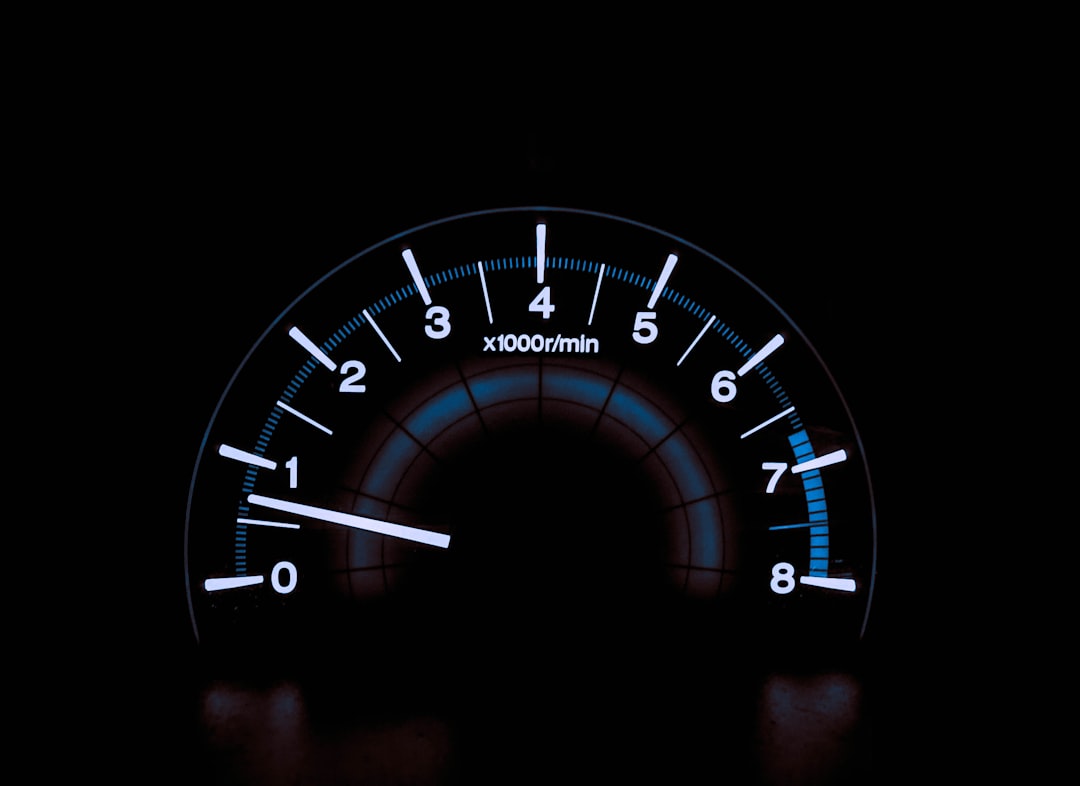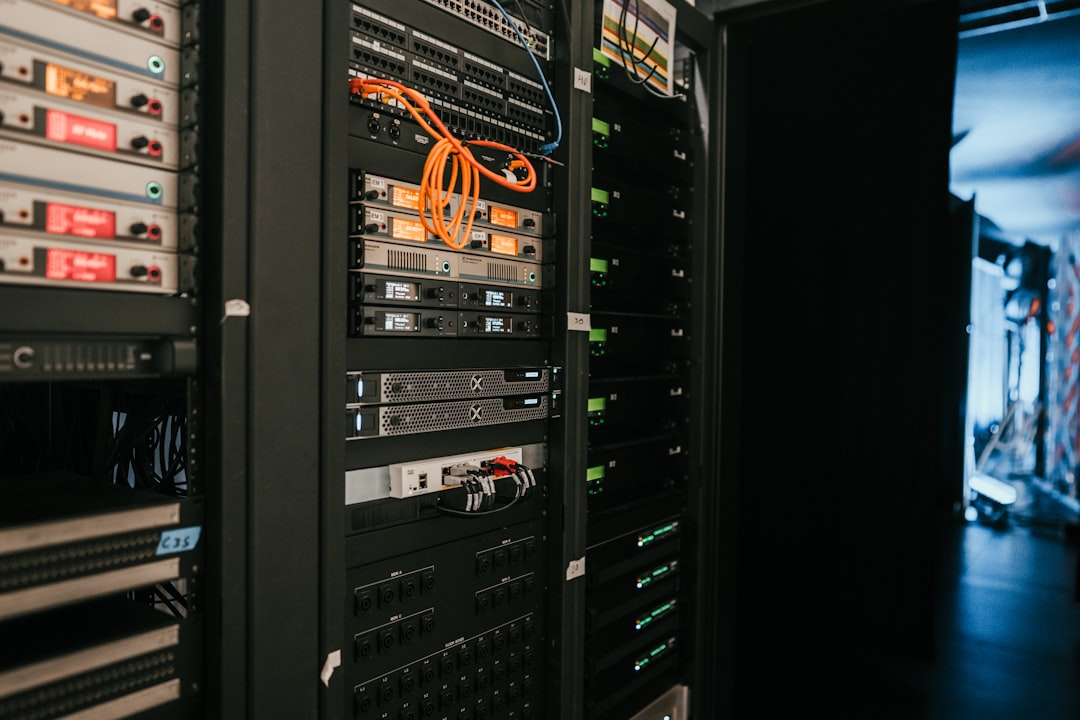For businesses that depend on technology for daily operations, renting tech equipment offers a cost-effective and flexible way to stay updated with the latest tools. However, the decision to rent should not stop at procurement — evaluating the performance metrics of rented tech is crucial to ensure maximum return on investment (ROI), smooth integration, and operational efficiency. Understanding how to track and assess these metrics can make the difference between strategic success and unnecessary spending.
Why Performance Metrics Matter
Measuring the performance of rented technology equipment helps in:
- Optimizing equipment use — Ensuring that devices are used to their full potential and not sitting idle.
- Managing operational efficiency — Identifying performance bottlenecks that can be addressed with better equipment or configurations.
- Cost-to-performance analysis — Comparing rental costs to actual output or productivity levels achieved.
Monitoring these metrics also aids in making informed decisions about whether to continue renting, upgrade, or buy outright in the future.
Key Performance Metrics to Evaluate
To effectively assess the value of rented tech equipment, businesses should focus on a mix of quantitative and qualitative metrics. Below are some of the most important ones:
1. Uptime and Downtime
Track how often and how long the equipment is operational versus when it’s down for maintenance or troubleshooting. Low uptime can indicate underlying issues with the rented hardware or software configurations.
2. Speed and Response Time
Whether it’s a rented server, workstation, or POS system, speed performance impacts productivity. Use diagnostic tools or built-in analytics to measure processing speed, load time, and system responsiveness.

3. User Feedback and Satisfaction
Performance isn’t just about numbers; gather feedback from staff who use the equipment daily. Are the displays clear and ergonomic? Is the software buggy? Combining subjective feedback with hard data provides a comprehensive view.
4. Compatibility and Integration
Evaluate how well the rented tech meshes with your existing infrastructure. Did it require significant IT intervention to set up? Does it work smoothly with your workflows and existing apps?
5. Energy Efficiency
Power usage is a growing concern for businesses looking to reduce their carbon footprint. Monitor energy consumption and compare it to industry benchmarks to assess whether the rented equipment is environmentally and economically sound.
6. Return on Investment (ROI)
Calculate ROI by measuring the output (e.g., increased processing capabilities, faster project turnaround) against the rental cost over a set period. If the equipment pays for itself or brings added business value, it’s a worthwhile investment.
Tools That Help Measure Performance
Thanks to advancements in information systems and remote monitoring technology, several tools are available to help track tech performance:
- System diagnostic tools — Tools like HWMonitor, AIDA64, and PassMark for hardware diagnostics.
- Fleet management software — Ideal for monitoring multiple pieces of equipment across departments or locations.
- Enterprise Resource Planning (ERP) systems — Integrated solutions for tracking how rental equipment contributes to overall business performance.

Working with Rental Providers
Choosing the right rental partner can influence overall performance. Reputable providers often offer:
- Service Level Agreements (SLAs) with guaranteed uptime commitments
- On-call support for technical issues and replacements
- Regular maintenance and updates during the rental period
Stay in regular communication with your rental provider and request access to performance reports when available. Collaboration can significantly improve how your rented technology supports your goals.
Regular Evaluation as a Strategic Advantage
Establishing a routine to evaluate performance metrics ensures that your company doesn’t fall behind due to outdated or underperforming technology. Monthly or quarterly evaluations help anticipate problems, budget more effectively, and enhance productivity by timely replacement or upgrades.
Ultimately, rented tech equipment should not be seen as a temporary fix but as a strategic tool. By consistently measuring and analyzing its performance, businesses can align their tech choices with long-term objectives and enjoy the operational advantages that come with data-driven decisions.


